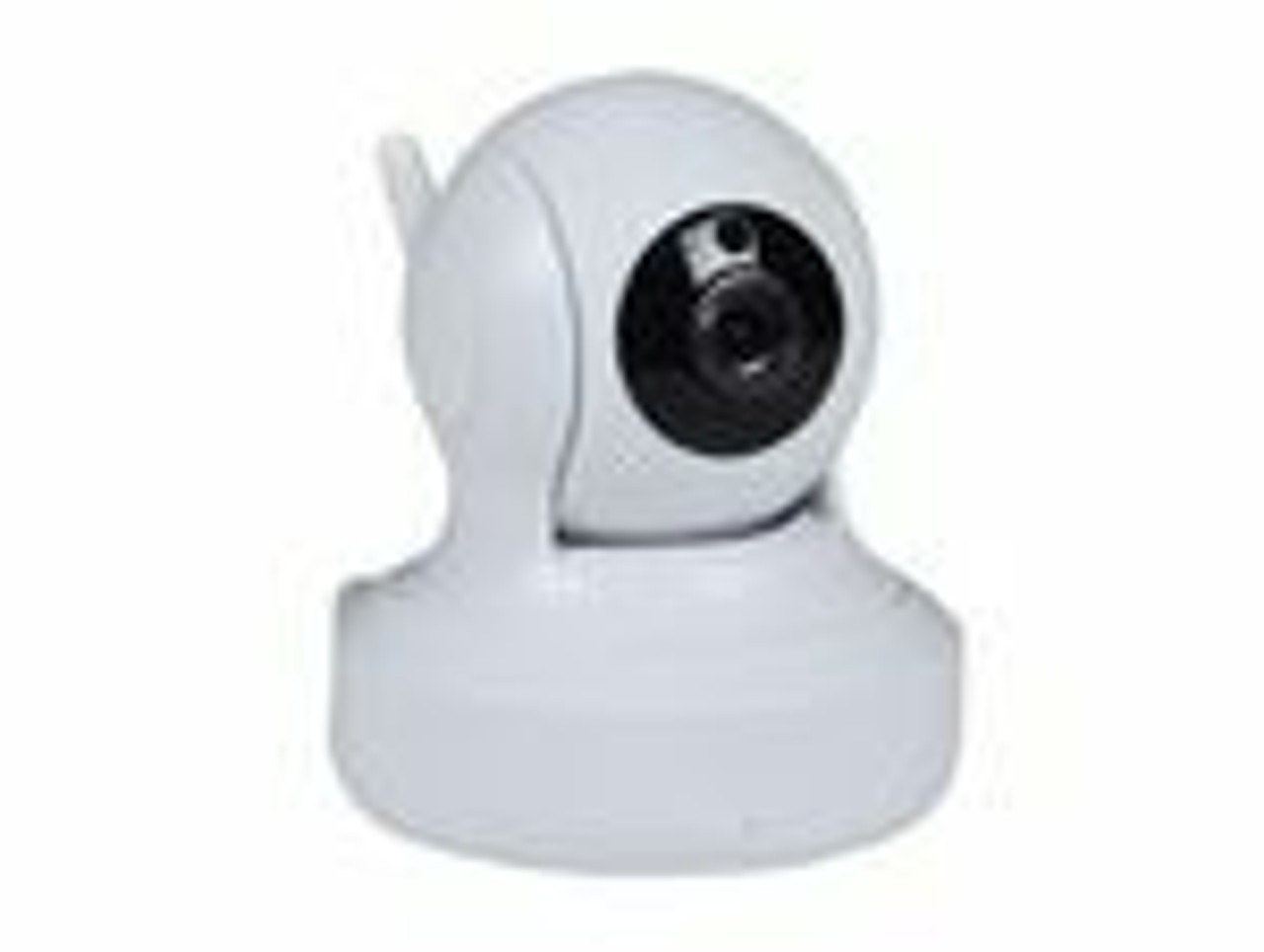NTI IP Cameras
NTI IP cameras typically come with a variety of features that cater to different surveillance needs. Here are some common features you might find in NTI IP cameras:
- High Definition Resolution: NTI IP cameras often offer high-definition (HD) video quality, ranging from 720p to 4K resolution, allowing for clear and detailed footage.
- Remote Access: They support remote viewing via web browsers or dedicated mobile apps, allowing users to monitor their premises from anywhere with an internet connection.
- Motion Detection and Alerts: Many NTI IP cameras are equipped with motion detection sensors. When motion is detected, they can send alerts or notifications to connected devices.
- Night Vision: Infrared (IR) LEDs provide night vision capabilities, enabling the camera to capture clear footage even in low-light or complete darkness.
- Two-Way Audio: Some models feature built-in microphones and speakers, allowing for two-way audio communication. This is useful for interactive monitoring or speaking to individuals on-site.
- Pan, Tilt, and Zoom (PTZ): PTZ cameras can be remotely controlled to pan (move horizontally), tilt (move vertically), and zoom in or out to focus on specific areas of interest.
- Weatherproof and Vandal-Resistant: Outdoor NTI IP cameras are typically designed to withstand various weather conditions (IP66 or higher rated) and are sometimes built to be tamper-resistant.
- Storage Options: They often support various storage methods including local storage (via SD card) or cloud storage, providing flexibility in recording and accessing footage.
- Wide Viewing Angles: NTI IP cameras may offer wide-angle lenses to cover larger areas without the need for multiple cameras.
- Easy Installation: Many NTI IP cameras are designed for easy installation, with options for wireless connectivity (Wi-Fi) or Power over Ethernet (PoE) for simpler setup and flexibility in camera placement.
- Advanced Features: Depending on the model, NTI IP cameras may include advanced features such as video analytics (like object detection or facial recognition), integration with other security systems, or support for ONVIF standards for interoperability with other devices.


